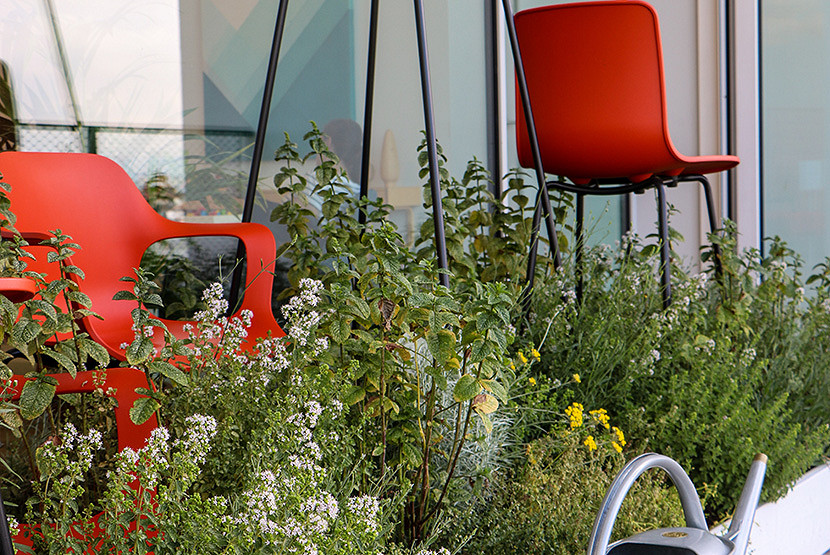Green your balcony this holiday season
Looking to transform your balcony into a greener and lusher space over summer?
The City of Melbourne’s Gardens for Wildlife project team has shared a few tips with residents that could not only help improve their outdoor areas but also do their bit for the environment.
“Whether you have a great big backyard or an inner-city apartment balcony or terrace, everyone can play a part in supporting a diverse array of wildlife in our shared urban environments,” Lord Mayor Sally Capp said. The municipality is home to 239 species of birds, 12 reptiles, seven frogs, and more than 1500 species of insects.
“Even small balconies can play host to a variety of wildlife – from birds and bees to insects and everything in between,” Cr Capp said.
“The Gardens for Wildlife program provides Melburnians with handy tips and tricks to create healthier ecosystems and thriving biodiversity in our city.”
While there were challenges around greening balconies, including sunlight, shading from neighbours, and balustrades creating reflective sunlight heat, the program offers some good choices to help support biodiversity in the city.
These include using indigenous plants rather than native plants because they were well adapted to local soils, weather, and conditions.
Indigenous plants are also easiest to maintain once established and need little watering or fertilising, while also being relatively free of pests and diseases.
A striking example is Murnong, the yam daisy which has long, narrow slightly toothed green leaves with distinctive drooping buds and bright yellow flowers. It grows to a height of 30cm to 50cm and flowers between July and November.
The council, which has a partnership with Bili Nursery in Port Melbourne, has listed the following top 10 indigenous plants:
- Kidney Weed
- Purple Coral Pea
- Tussock Grass
- Flax Lily
- Yellow Paper Daisy
- Yam Daisy, Murnong
- Austral Stork’s Bill
- Bushy Needlewood
- Native Fuchsia
- Hop Goodenia
The Gardens for Wildlife team said when greening a balcony, the most important thing was to manage the expectations of one’s space while being realistic of the type of wildlife you could attract.
But above all, it said balcony gardens were “really exciting” with an opportunity to “think a little bit differently”.
The City of Melbourne is also encouraging residents to volunteer as wildlife garden guides to help preserve the city’s biodiversity and protect habitat in community, school, home, and rooftop gardens.
CBD resident Katherine McPherson has been volunteering since 2018 and said the learning experience as well as the connections she had made with the council and her neighbours had been invaluable.
“I really wanted to start introducing native plants into Guildford Lane to support the small birds, the butterflies, the insects that were starting to emerge naturally. People walk up to the lane and say this feels like a community,” she said.
“It just brings such joy – I didn’t really know anything about plants when I first started, especially indigenous plants, so it’s been great learning.” •
For more information, visit: www.melbourne.vic.gov.au/community/greening-the-city/urban-nature/gardens-wildlife/Pages/gardens-for-wildlife.aspx

Council endorses office tower at Flinders Lane despite querying car park demolition





 Download the Latest Edition
Download the Latest Edition